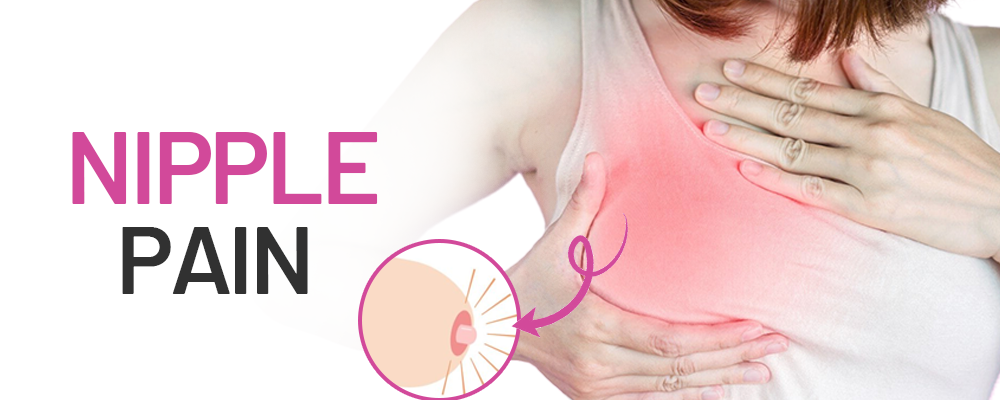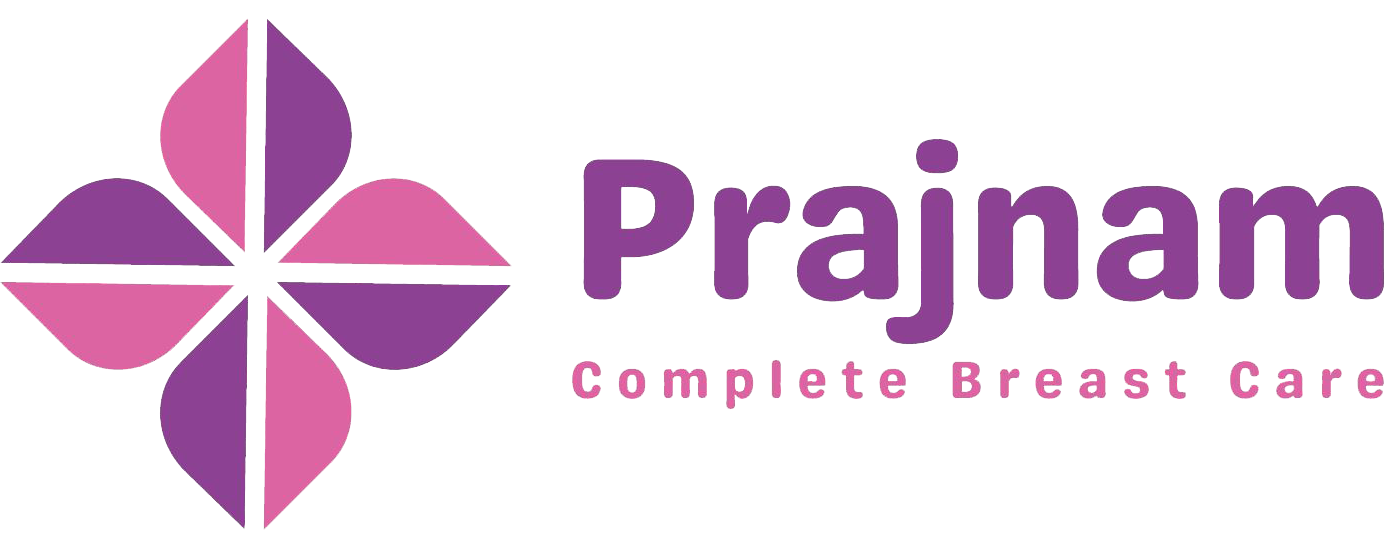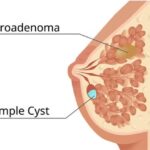
Both males and females have to bear nipple pain, which usually radiates from hormonal changes, infections, skin issues, or certain diseases. While mild pain is generally manageable, extreme nipple pain requires medical assistance. With more knowledge of the symptoms, and the goals of diagnosis and treatment, this condition can be handled positively.
Common Symptoms of Nipple Pain
- Aching tenderness or pain surrounding the nipple area.
- Burning, outrageous stinging, piercing pain.
- Swelling or irritated skin.
- The skin appears dry, peeling, and cracking.
- Discharge from the nipple which can be clear, yellow, and sometimes bloody.
- A sensation of itching or a tingling.
Causes of Nipple Pain
- Change in hormonal levels
The sore feel or sensitive feeling of nipples is likely to appear during menstruation, pregnancy, or menopause when estrogens and progesterone levels are fluctuating.
- Pain related to Nipple Feeding
A poor latch causes cracks or soreness around the nipple region.
Overfilled breasts leads to engorgement discomfort.
A breast infection, which is referred to as Mastitis, leads to painful, red areas, along with febrile symptoms.
- Allergies and skin Ionlation
Sensitive nipple skin may be irritated by harsh soaps, detergents or lotions. Dryness followed by peeling and scratching can be associated with eczema or dermatitis.
- Nipple Thrush
A fungal infection of the breast nipple caused by Candida and is characterized by burning pain, redness and a shiny nipple surface.
Usually seen in lactating mothers and is transmissible from mother to child.
- Friction from Clothing or Exercise
Chafing of the nipples can occur from a combination of tight bras, rough materials and excessive movement in running and other exercises.
- Infections and Inflammatory Conditions
Mastitis – The infection of the breast in a lactating woman that results in a high degree of pain, swelling, and fever.
Abscess – Collection of pus under the skin that needs treatment.
- Paget’s Disease of the Nipple (Rare Form of Breast Cancer)
This is a rare ailment which instances of cancer of the nipple and its adjoining skin tissues.
Symptoms manifested include pain, crusting of the skin, scaling of skin around nipple region, discharge from the nipple.
Diagnosis of Nipple Pain
Physical examination – The physician shall look for nipple redness, swelling and abnormal discharge for a complaint of pain with the nipple.
Breast ultrasound or mammogram – These are done to check for any changes to the breast tissue.
Skin biopsy – Skin lesions that are bothersome and painful may be analyzed by removing a small piece.
Culture test – Examination of discharge from the nipple to rule out an infective cause.
Treatment Options
- Home Remedies and Self Care
- A supportive bra with good fit is recommended to avoid injury.
- Apply a warm compress to the affected area to relieve sore nipple pain.
- Moisturize skin with a, mild unscented, and fragrance free lotion.
- Harsh soaps and detergents that can irritate the skin should be avoided.
- Specific Causes of Medical Treatment
To Treat Pain While Breastfeeding:
- Treat with proper baby latch and use nipple creams (lanolin).
- If there is an infection present, antibiotics can be prescribed.
For Skin Conditions:
- Eczema or dermatitis responds well to prescription topical steroid creams.
- Nipple thrush requires antifungal creams.
- For Infections and Inflammation:
- Mastitis and bacterial infections respond to antibiotic treatment.
- If an abscess is present, a drainage procedure may be necessary.
Paget’s Disease: (If Cancer is Suspected):
- Requires biopsy and imaging tests for diagnosis confirmation.
- Might need surgery, radiation, and chemotherapy for treatment.
Consult A Doctor If:
- Experiencing severe, persistent, or worsening pain.
- Nipple deformity and discharge which is bloody.
- Nipple crusting or scaling with other appearance changes.
- Breast or axilla lumps.
- Signs of infection such as fever, swelling, and pus.
Summary
Nipple pain is often harmless, but it should never be overlooked. It could signal an underlying medical condition. One should monitor associated symptoms and seek medical intervention to receive timely treatment for optimal results.
Prajnam Breast Care Centre specializes in the education and empowerment of women regarding breast health. Our dedicated team ensures every woman receives unparalleled care through advanced screening, early detection, and individualized treatment plans. If you have nipple pain, then do not wait any longer, book a consultation today.
Treatments
EXCELLENTTrustindex verifies that the original source of the review is Google. I had a wonderful experience with Dr. Suchana. From the moment I walked into the clinic, I felt truly cared for. Doctor took the time to listen to all of my concerns without rushing or brushing anything off. It's clear that they genuinely care about their patients and want to provide the best possible care. Their calm and compassionate demeanor instantly put me at ease, and they explained everything clearly and thoroughly. I left the appointment feeling heard, supported, and confident in my treatment plan. Highly recommend to anyone looking for a kind, attentive, and professional doctor!Posted onTrustindex verifies that the original source of the review is Google. Excellent experience. Doctor and staff are really good.Posted onTrustindex verifies that the original source of the review is Google. I had a consultancy with the doc It was very nice to talk to doctor She was very polite , calmly she explained all thing which was suspicious in my mind. She is literally a good doctorPosted onTrustindex verifies that the original source of the review is Google. Such a good experience in the clinic with Dr Suchana - she was so patient and explained everything so calmly and addressed all my concerns. Highly recommend every woman to get checked here.Posted onTrustindex verifies that the original source of the review is Google. I was so worried about my problem but dr suchana really impress me with her knowledge she is really sweetheart and polite thanks for the service mam🩷Posted onTrustindex verifies that the original source of the review is Google. Excellent ultra sound sound clinicPosted onTrustindex verifies that the original source of the review is Google. The doctor's kindness, knowledge, and perceptiveness create a very comfortable atmosphere.

